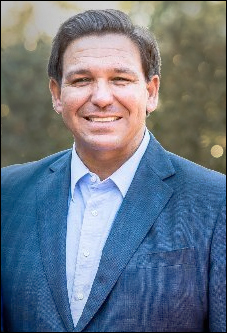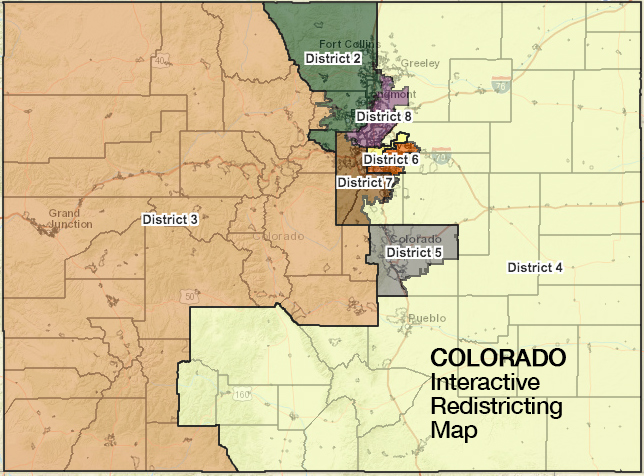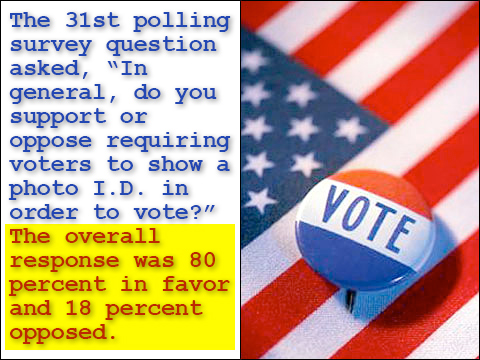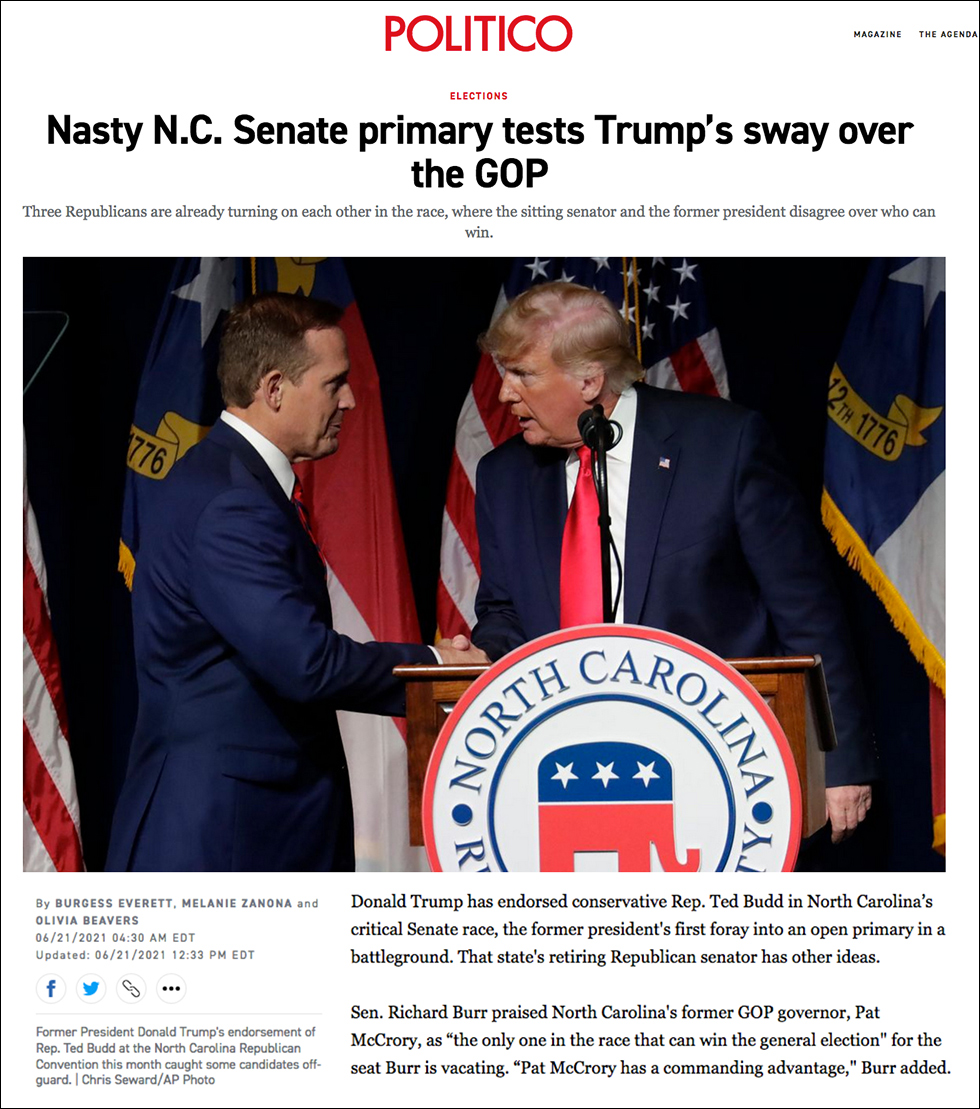By Jim Ellis

Brooklyn Borough President Eric Adams
— Voters in New York City reached one of the election cycle’s benchmarks Tuesday, the actual primary election day; but we are still weeks away from seeing a formal declaration of who won the races.
NYC has been notoriously slow in counting ballots in a system that is encumbered with an extra post-election period to receive absentee ballots on top of a pre-election day early voting phase. Last year, for example, it literally took six weeks to determine that Rep. Carolyn Maloney (D-Manhattan) had been re-nominated in the 2020 Democratic primary.
This year, the city adopted the ranked-choice voting method, which even in the fastest counting jurisdictions has added days if not more than a week to determine a winner. Therefore, we will see another long, but this time better-planned, counting period.
In this 2021 election, the city clerk has published a schedule that will allow absentee ballots to be received through June 29, which also will be the release of the first round of ranked-choice results. Those figures will only be a partial count, however, because no absentee ballots will be added until after the reception deadline. More ranked-choice totals will be released on July 6, which the city official says will include “some” absentee ballots. Further, and likely final, releases will then come the week of July 12 that will include “more complete” absentee ballot counts.
All in all, the counting of the election ballots continues to be a lengthy and laborious task.
The ranked-choice system takes effect because no candidate received majority support. Now, the last-place finisher, candidate Isaac Wright, is eliminated. Officials will locate the ballots that ranked him first, and then add those voters’ second choices to the full count. If no one still reaches majority support, the next candidate with the lowest number of votes, in this case Joycelyn Taylor, will then have her 1st choice ballots located and those voters’ second choice added to the overall count. This process continues until a candidate exceeds 50 percent.
Turning to what has been reported for last night’s tabulations, as predicted, Brooklyn Borough President Eric Adams has the lead as he has so far captured 32 percent of the counted votes. Civil rights attorney and activist Maya Wiley, with support from Rep. Alexandria Ocasio-Cortez (D-Bronx) and the party’s far left faction, placed second with 22 percent, just ahead of former NYC Sanitation commissioner Kathryn Garcia who pulled 19 percent.
Former presidential candidate Andrew Yang, who led early in many polls, is effectively eliminated as he placed fourth with just under 12 percent of the total vote, or almost 20 full percentage points behind Adams. Since it is unlikely that the ranked-choice process would catapult him back into serious contention, Yang conceded his fate in media interviews.
In the early counting, Adams has healthy leads in four of the city’s five boroughs. He is running strongest in the Bronx, where he leads Wiley and Garcia, 45-17-10 percent. He has an eight-point lead over Wiley in his home borough of Brooklyn, tops Wiley 33-19 percent in Queens, and holds a 31-20 percent advantage over Garcia in Staten Island. The only borough where Adams trails is Manhattan, where Garcia places first with 32 percent and Adams only slots into third with 19 percent, three percentage points behind Wiley.
Adams’ lead is such that he is likely to win the Democratic primary once the weeks pass and the final count becomes known. The Adams nomination victory will foretell him winning the mayor’s office in November, as New York’s 7:1 Democrat to Republican ratio leaves little doubt as to the general election outcome.
Two other New York mayors did not fare as well as Adams in their respective Buffalo and Rochester primaries. These cities did not employ the ranked-choice system, so their results are much clearer today.
Four-term Buffalo Mayor Byron Brown appears to have lost his bid to win re-nomination for a fifth four-year term with still about 50 precincts outstanding. He will likely fall to self-proclaimed socialist India Walton. At-large Rochester City Councilman Malik Evans scored a landslide nomination victory over Mayor Lovely Warren by a virtual 2:1 margin.
In addition to the NYC mayor’s race, all 51 city council districts were also on the ballot, and each must now go through the ranked-choice counting process. To see the New York City official election results in this era of lightning quick technology, we must turn the clock all the way ahead to the week of July 12.







